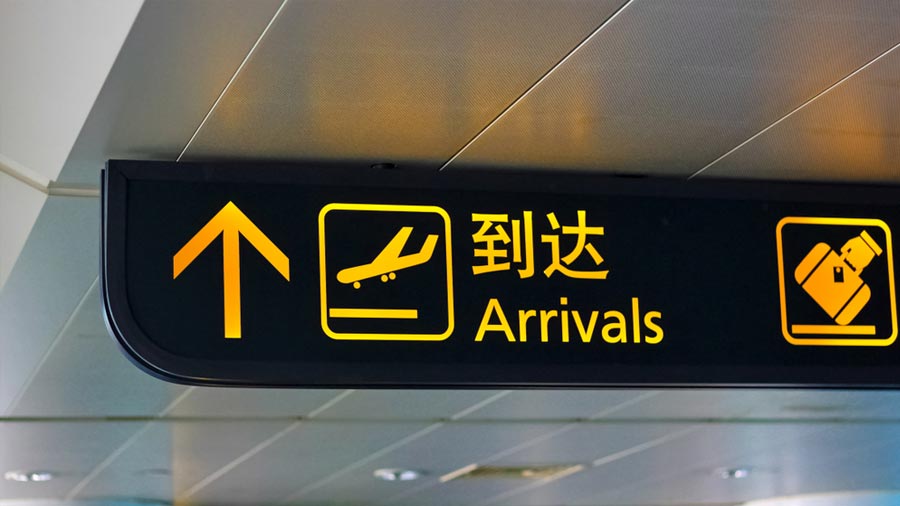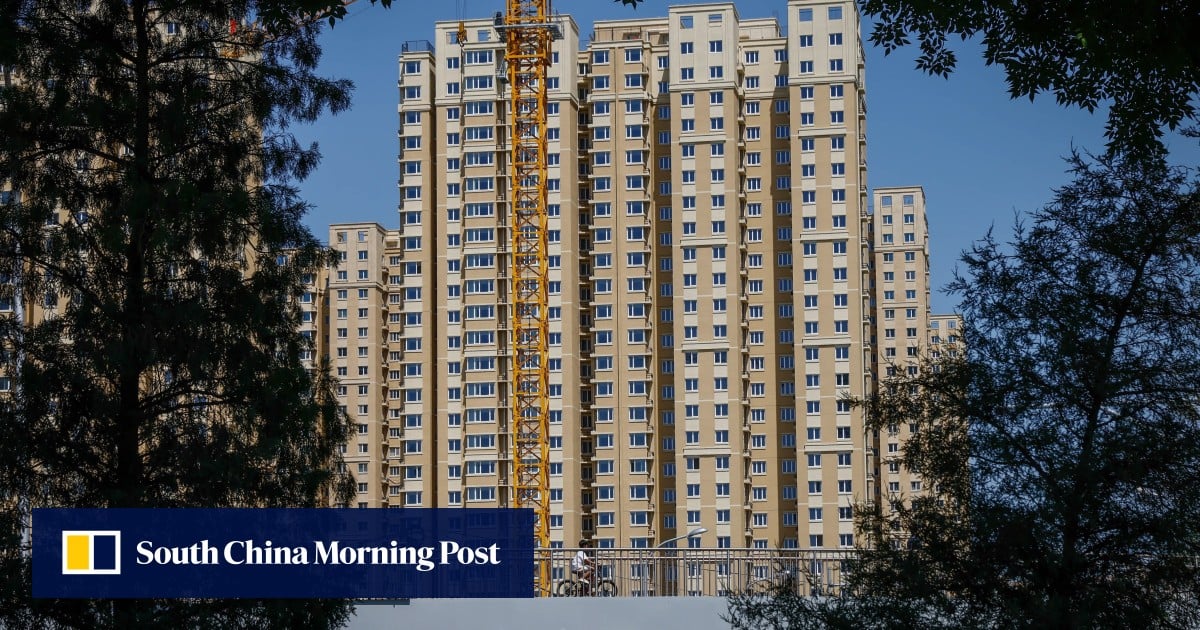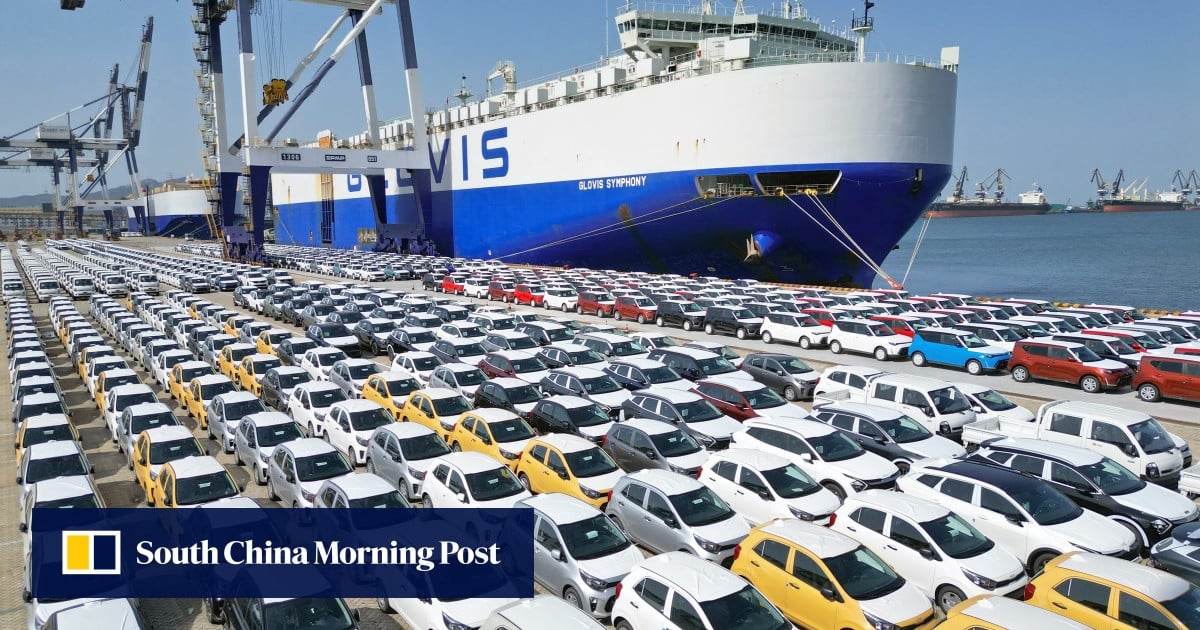Business
Travel industry turned upside down: Insights, analysis, and actions for travel executives

Although the travel industry is no stranger to hardship and has been seriously damaged by the pandemic, we have already seen strong leadership actions that are keeping companies and their people above water while remaining focused on long-term growth.
Many players have acted quickly to retain customer goodwill, tap into new sources of liquidity, and work effectively with unions to agree on voluntary redundancy programs. We have also seen innovation and a focus on customer experience. These examples illustrate the travel industry’s strength that will help it chart a way forward through these challenging times.
Key insights of the report
To see how the industry has been affected by COVID-19 and how it might thrive in the future, we have synthesized ongoing Skift and McKinsey analyses and interviewed travel executives and major corporate-travel buyers. In so doing, we observed five, perhaps counterintuitive, themes:
- We see signs of latent demand for travel. Customers are interested in traveling again when restrictions lift, even willing to do so before a vaccine is available at scale. China—which, as of the time of writing, has effectively controlled the spread of the virus—is seeing both the leisure and business travel segments recover domestically. And led by Germany, Europe shows encouraging first signs of recovering travel demand. Other geographies, including the United States, have not yet effectively controlled the spread of the virus; even so, we see a considerable increase in searches and advance bookings.
- Travelers are keen to travel but feel restrained. Indeed, due to necessary public-health measures and safety precautions—such as quarantines, closures, and other restrictions—the leisure space may be…
Business
China Scraps Health Declaration Requirement for All Travelers from November 1

China has lifted all COVID-19 travel requirements, including the need to fill out a health declaration form. Travelers should still report symptoms voluntarily, however.
Travelers leaving and entering China are no longer required to fill in the China health declaration form, meaning that China has now lifted all travel requirements related to COVID-19. Travelers should still voluntarily report themselves to Customs staff if they have symptoms or have been diagnosed with an infectious disease.
China’s General Administration of Customs (“Customs”) has announced that, as of Wednesday, November 1, 2023, it will no longer require people leaving and entering China to fill in the Entry/Exit Health Declaration Card (“Health Declaration Card”). This card was implemented during the COVID-19 pandemic to screen travelers for symptoms of COVID-19 by asking them to fill out a survey on their current health conditions and symptoms. The system then generated a QR code that travelers had to show to Customs staff when leaving or entering the country.
The removal of the Health Declaration Card requirement means that China has now lifted all COVID-era restrictions and requirements for travelers leaving and entering the country. This move could help to encourage more international travel to and from China, and will further improve the travel experience for passengers.
Existing regulations on declaring possible symptoms of infectious disease when traveling will still be in place, as we discuss below.
Read the original article.
China Briefing is written and produced by Dezan Shira & Associates. The practice assists foreign investors into China and has done since 1992 through offices in Beijing, Tianjin, Dalian, Qingdao, Shanghai, Hangzhou, Ningbo, Suzhou, Guangzhou, Dongguan, Zhongshan, Shenzhen, and Hong Kong. Please contact the firm for assistance in China at china@dezshira.com.
Business
Chinese commercial banks fear stimulus measures will do littl…

China’s commercial banks are raising questions about whether the central bank’s recent cut to outstanding mortgage rates will be sufficient to hold back a flood of mortgage prepayments and help protect bank margins.
The People’s Bank of China (PBOC) unveiled new guidance last month requiring commercial banks to lower interest rates on outstanding mortgages for first-home loans. The new rates, which will be effective starting on September 25, aimed at stimulating consumption while also reducing the incentive for households to pay down their mortgages early, which had led to a decline in bank profits.
“Lowering outstanding mortgage rates will help alleviate the interest burden on households,” a spokesperson for the PBOC told local media on Wednesday, adding that the new rules have already led to a decline in prepayments, and will help improve household balance sheets and consumer confidence.
The measure has led at least some homebuyers to reconsider their mortgage prepayments.
Kang Chao, an insurance company employee in Changsha, in southeast China’s Hunan province, told the Post that a new mortgage rate of 4.2 per cent could help his family free up about 1,700 yuan (US$234) each month to cover living expenses.
“[My wife] and I both took out mortgage loans in 2018 and 2019, when the interest rates were as high as 5.15 per cent,” he said. “Each month, we need to pay about 9,800 yuan, and this leaves us no more than 3,000 yuan to spend on everything else.
“So we were under a lot of pressure to pay off our debt quickly, especially after we had a child. At one point, we were even considering selling one of our houses. Now that the new policy is out, we feel somewhat relieved.”
An estimated US$700 billion in mortgages, representing around 12 per cent of the country’s total mortgage balance, has been prepaid since 2022, according to analysts.
China property support spurs buying but sceptics warn of weak demand
China property support spurs buying but sceptics warn of weak demand
Chinese commercial banks could see an earnings decline of up to 5 per cent this year if the prepayment wave persists, according to analysts’ estimates. However, if banks refinance home loans at lower rates, their net profits could also drop by 1 to 5 per cent, a report by Fitch Ratings said.
Early repayment is a behaviour driven by interest rates, and as the gap between new and outstanding mortgage rates narrows, the incentive to pay down mortgages early will start to decrease, said Gary Ng, senior economist for Asia-Pacific thematic research at Natixis.
“However, it does not mean [lowering outstanding mortgage rates] is a panacea for boosting China’s household confidence in properties,” he said. “The confidence issue is complex, and it will take more than rate cuts to repair. Although early repayment will ease, mortgage growth is not likely to see a significant jump.”
A banking analyst at the Beijing branch of a commercial bank echoed this…
Business
China trade: exports tumble for fourth consecutive month in A…

China’s exports tumbled for the fourth consecutive month in August amid weak external demand and ongoing global supply chain upheaval, posing more challenges to the world’s second-largest economy as it struggles to carve out a path to a post-pandemic rebound.
Exports fell by 8.8 per cent compared to a year earlier to US$284.9 billion last month, according to customs data released on Thursday.
Imports, meanwhile, fell by 7.3 per cent last month to US$216.5 billion, narrowing from a 12.4 per cent decline in July, and exceeding the expectations from Wind for a drop of 8.2 per cent.
China’s total trade surplus in August stood at US$68.4 billion, down from US$80.6 billion in July.
“The typhoon in mid-July likely disrupted port operations in July and the normalisation of that could add to trade growth in August,” said economists from Goldman Sachs.
Improved year-over-year growth of oil prices would have also helped import growth last month, they added.
Heron Lim, assistant director and economist at Moody’s Analytics, said exports are expected to continue their retreat as weakness across the broader global economy keeps new export orders soft.
Will belt and road, Asean trade be China’s silver lining amid US de-risking?
Will belt and road, Asean trade be China’s silver lining amid US de-risking?
“But as trade performance was already weakening from the second half of 2022, it will be slower,” he said.
The data showed that China’s exports to most of its major trading partners continued to shrink, although the declines narrowed from July.
Shipments to the Association of Southeast Asian Nations – China’s largest trade partner – fell by 13.25 per cent compared to a year earlier, marking the fourth consecutive monthly decline.
Exports to the European Union, meanwhile, declined by 19.58 per cent, year on year, while shipments to the United States dropped for the 13th consecutive month after falling by 9.53 per cent.
The figures still suggest the headwinds remain despite some marginal improvement
Zhou Hao, chief economist at Guotai Junan International, said while the August trade figures came in slightly better than expected, the overall momentum remains lukewarm.
“In general, the figures still suggest the headwinds remain despite some marginal improvement,” Zhou said.
“Looking ahead, whether China’s trade growth has already hit the bottom will hinge on several factors. The most important one is obviously the domestic demand where the recent property easing might provide some support in the short term.
“In the meantime, the rising oil prices suggest that the import growth in value terms might pick up somewhat in the foreseeable future.”






